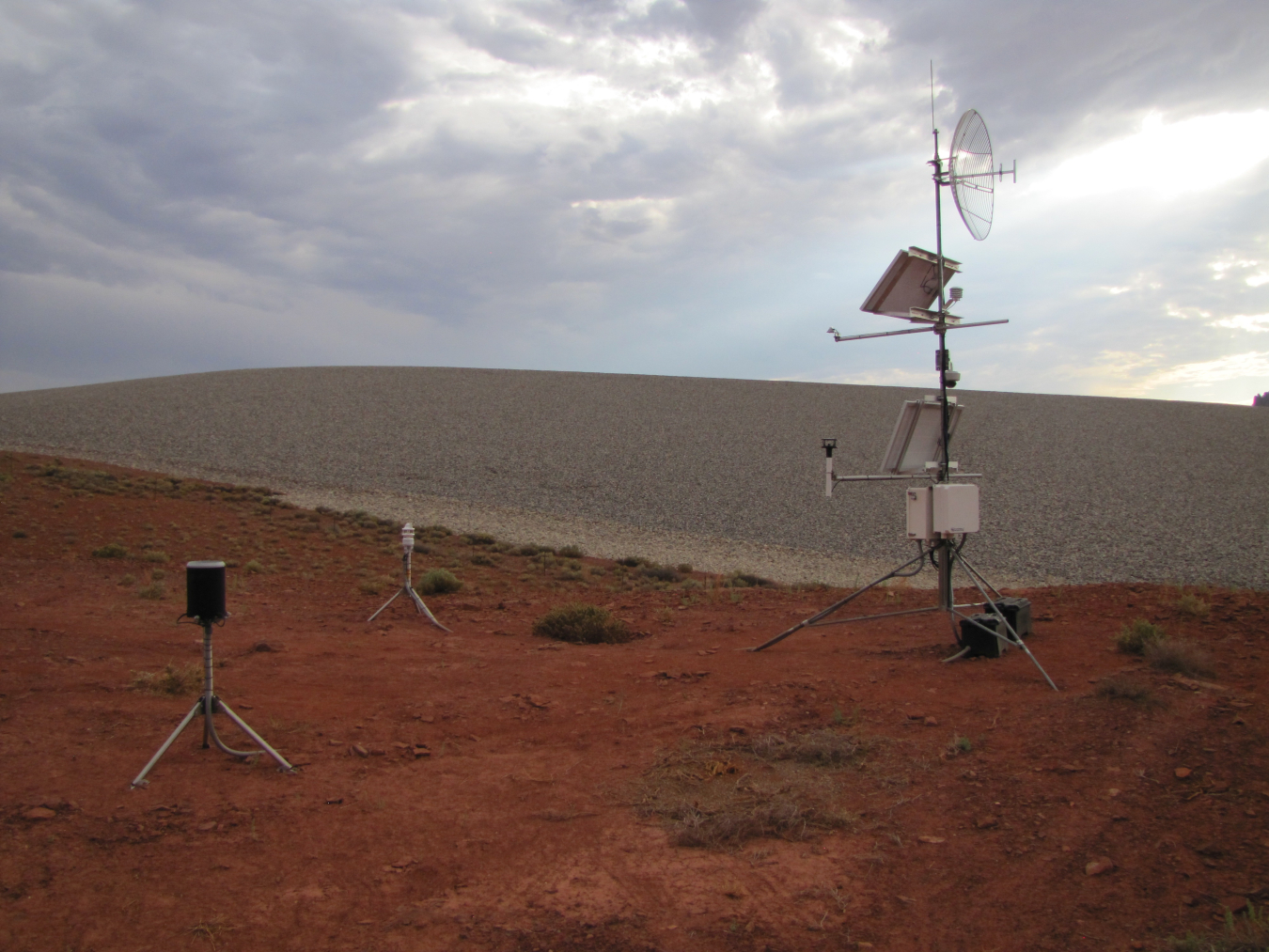Unique study links climate-forecast data to possible future impacts at LM sites.
August 2, 2023
LM has posted a report assessing how climate change may affect LM sites in the future. The Climate Change Risk and Resilience Assessment Project for the U.S. Department of Energy Office of Legacy Management is available on the LM website.
LM partnered with Lawrence Berkeley National Laboratory to perform the assessment and report in response to a May 2020 U.S. Government Accountability Office audit. This first-of-its-find study links climate-forecast data with potential future impacts to LM sites.
“Our disposal cells are expected to last for 1,000 years,” said Mark Kautsky, LM’s Applied Studies and Technology program manager. “That means we must identify and understand potential climate change impacts on long-term stability to deliver informed decisions and mitigation strategies.”
According to the report, forecasts show LM sites could experience increasing temperatures and extreme rain frequency and severity through 2099. Flooding is a concern for sites located within floodplains or close to inland waterways. Wildfire risk is particularly high for sites in the Great Plains and Southwest.
Frequent and extreme events, including flooding, drought, intense precipitation/windstorms, and wildfires can cause erosion, storm surge, vegetation mortality, and other negative results. Such events may damage critical LM infrastructure, including engineered disposal cells, access roads, and buildings, and alter site remedial strategies.
Although disposal cell erosion damage is a concern, the report suggests that disposal cell design specifications are engineered with significant safety margins that account for projected increases in severe precipitation.
For the near term, the report recommends LM continuously monitor groundwater and maintain robust stream gaging at all LM sites adjoining inland waterways. Climate sensors should be installed at sites more vulnerable to greater than projected maximum precipitation events, and LM should develop detailed groundwater modeling and prediction (based on historical data) to evaluate groundwater changes and their impact on contaminant concentrations.
In large measure, LM already keeps a close watch on extreme precipitation events like those occurring this past year at disposal facilities near St. Louis, Missouri, and Mexican Hat, Utah, Kautsky said.
“We sharpened our awareness of the importance of these extreme events as we developed the climate resilience report with scientists from our National Laboratory Network support team,” Kautsky said. “We will continue to respond to climate change as new data informs our decision making. This is part of our due-diligence responsibility to protect human health and the environment.”

